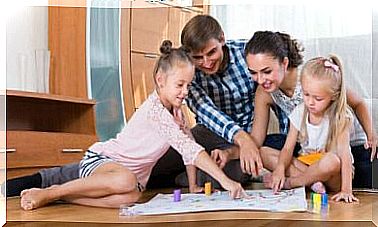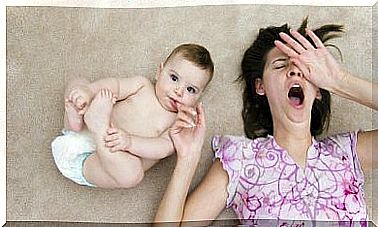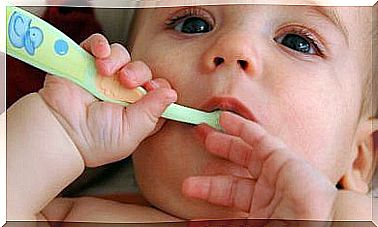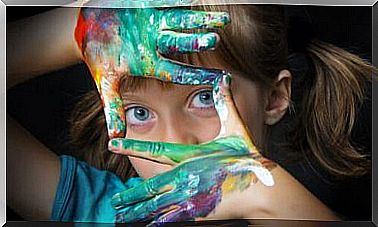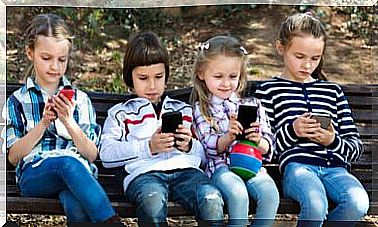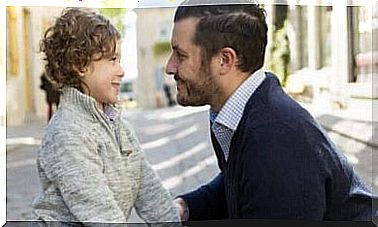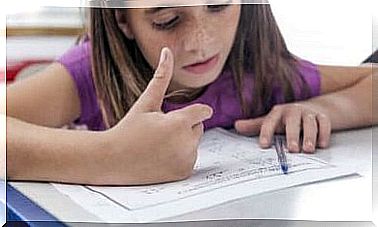What Should I Do If My Child Gets A Burn From Hot Water?
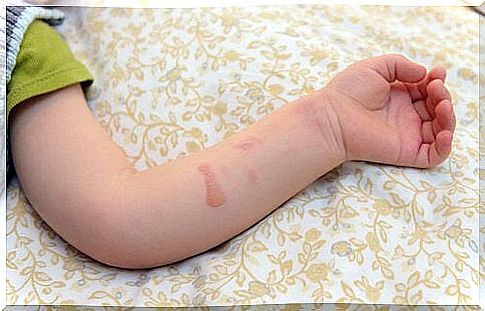
Hot water burns are one of the most common domestic accidents suffered by children and adults.
So let’s use this article to differentiate the treatment between different types of burns. What to do if my child gets burned by hot water?
There are different types of burns: on the one hand there are mild burns, which can be treated with ointments and analgesics; on the other hand, severe burns, those that require immediate consultation at the emergency room.
Of course, you should know that boiling water tends to cause first- and second-degree burns.
The first degree causes redness, burning and pain. Generally speaking, they heal within a week, without leaving any scars.
Second-degree burns, on the other hand, often cause blisters (vesicles) and intense burning pain.
Superficial wounds heal between 10 and 15 days without scarring, while deeper wounds need more time to heal and can leave marks.
Children do not stop moving around the house and the possibility of having a domestic accident of this type is real.
Therefore, this article aims to provide you with the advice you need to treat your child in case he or she gets a burn from hot water.
What to do if my child gets burned by hot water?
Below, let’s take the opportunity to distinguish between minor and severe burns and the procedure you should perform in each case:
Treatment for a mild burn
In these less serious cases, the first thing we advise you to do is examine the burn to analyze its extent.
If it’s small, you can handle it without any major difficulties. However, a larger burn will require professional intervention.
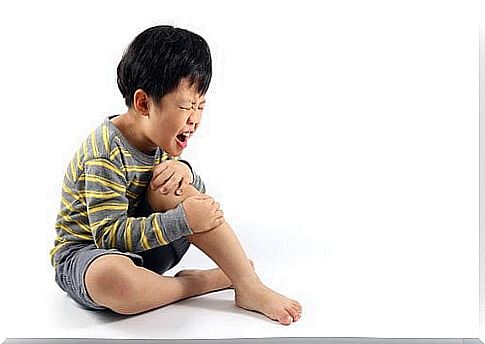
Characteristics of light burns:
- The affected area is painful, red and swollen, but it is not scaly or blistered.
- The affected area may have blisters, but the diameter of the irritated area does not exceed 5 to 8 cm.
- Peeling and destruction of surface layers or just redness.
- Severe pain, burning and moderate inflammation.
To perform the treatment, you must remove the clothing covering the burn.
Then we recommend that you cover the skin with a damp towel or soak the affected area in warm water for between 10 and 30 minutes.
This will cool the skin while stopping the inflammatory process. You can protect the area with swabs and a sterile bandage to protect the child from infection.
Finally, you can administer a pain reliever and use aloe vera gel if the skin is intact.
Treatment of a severe burn
In cases where the burn is extensive or deep, the first thing you should do is go to the hospital immediately to have it checked.
If the burn covers an area larger than the size of your hand, it will require professional intervention. For children, these burns can cause other symptoms.
Severe burns make the child restless. For that reason, it is not recommended that she take any medication as it may negatively affect her.
Remember, for severe burns, you should not apply any products, ointments, aloe vera, or moisturizing creams.
The only thing recommended in these cases, while waiting for medical assistance to arrive, is to carefully cover the affected area with a sterile dressing or dressing.
Deeper burns will require surgical treatment, while others will only require analgesia and antibiotics after 24 hours.
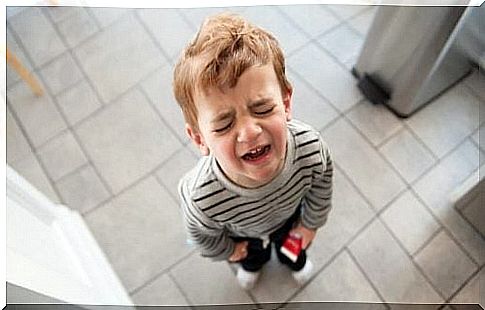
Characteristics of severe burns:
- Loss of skin layers.
- The skin has a dry appearance.
- White patches on the skin.
- Edema
- Necrosis
- Infection.
Finally, we remind you that healing times vary greatly depending on the child’s health status and the extent of the burn.
In general, a mild burn will completely heal in 5 to 7 days, while a severe burn will heal in 2 to 3 weeks.
Cases of children who get burned by hot water, unfortunately, occur very often and can end up causing serious consequences.
If this happens to your child, we recommend that you follow the instructions above to minimize the impact and reassure the child.
